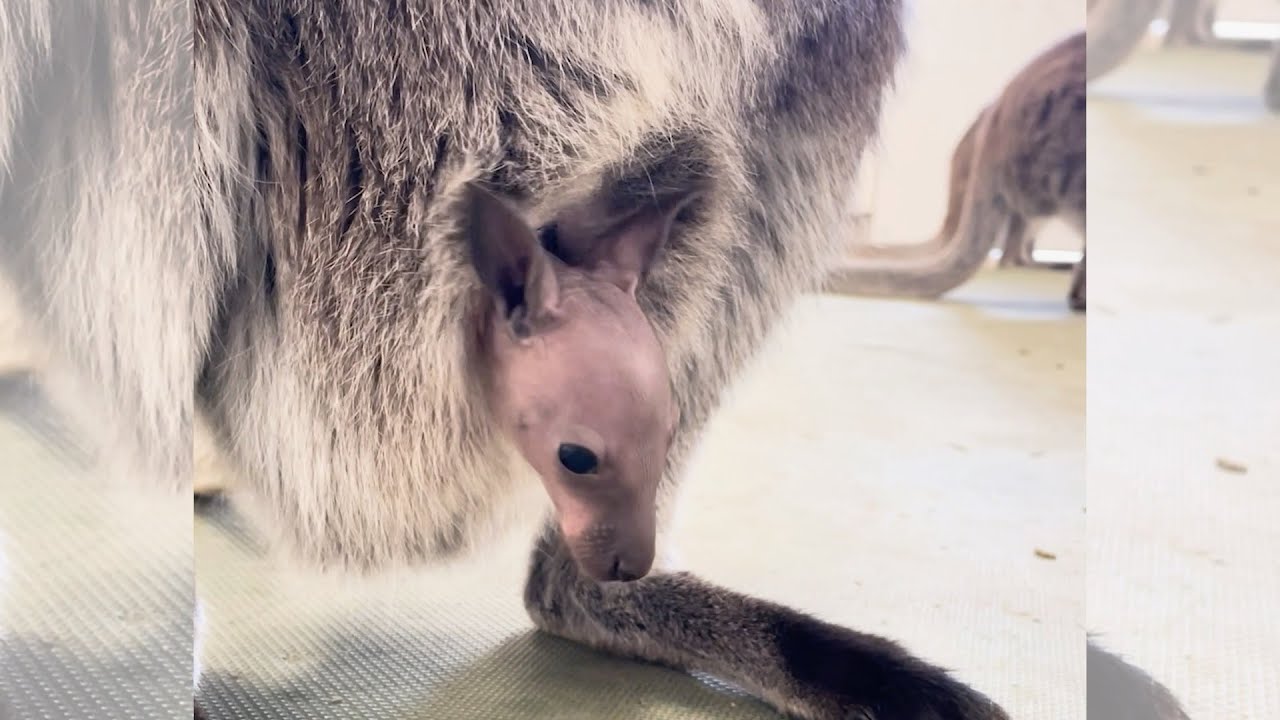- Overview and significance of Joey Gender Reveal events in zoology and wildlife conservation.
- Detailed process and scientific underpinnings of sex determination in marsupials.
- The role of zoos in education, conservation, and community engagement.
- Ethical considerations and best practices in zoo-based animal breeding programs.
- Implications for broader conservation efforts and public awareness through such events.
In recent years, zoological parks have embraced innovative methods to engage the public and raise awareness about wildlife conservation. One of the noteworthy approaches is the Joey Gender Reveal event, which offers a fascinating glimpse into the science of sex determination in marsupials, while simultaneously highlighting critical conservation efforts. This article delves into the scientific and educational aspects of these events, with a focus on their broader implications for conservation and public engagement.
Joey Gender Reveal events are becoming increasingly popular in zoos across the globe. They represent a fusion of science, education, and entertainment, aimed at fostering an appreciation for marsupials and their ecological significance. These events celebrate the birth of a joey, the term for a young marsupial, by revealing the sex of the newborn in a way that captivates audiences.
Understanding the process of sex determination in marsupials is crucial to appreciating the nuances of these events. In marsupials, sex determination is genetically controlled. Mammalian sex determination primarily depends on the presence of the Y chromosome, with males having one X and one Y chromosome (XY) and females having two X chromosomes (XX). In marsupials, this process has particular evolutionary subtleties that differ from that of placental mammals. Researchers have studied the unique mechanisms of marsupial chromosomes to understand development and differentiation more deeply.
Australian marsupials such as kangaroos and koalas have been extensively studied to comprehend their genetic intricacies. The challenge of determining the sex of a joey is further complicated by the fact that marsupials are often born when they are still underdeveloped, spending a significant portion of their early lives in their mother’s pouch. This extended pouch life renders early sex identification without intervention nearly impossible until the joey begins to physically mature.
For zoologists and geneticists, the Joey Gender Reveal serves as an opportunity to gather crucial genetic data through non-invasive techniques. Zoos employ DNA analysis methods, often requiring a small sample of tissue, to ascertain the joey’s sex. Such events are not mere spectacles but pivotal for contributing to broader zoological research. Accurate identification of sex ratios within captive populations is integral for managing genetic diversity and ensuring the sustainability of breeding programs.
Zoos serve as crucial centers for education, contributing significantly to wildlife conservation by bridging the gap between science and the public. The Joey Gender Reveal events are powerful educational tools. They draw attention to the delicate balance of ecosystems and the importance of preserving marsupial species, many of which face threats due to habitat destruction and climate change.
Zoos capitalize on these opportunities to educate visitors about conservation issues. Through informative sessions and interactive exhibits associated with the reveals, they impart knowledge about the behavior, habitat needs, and conservation status of marsupials. By doing so, zoos foster a deeper connection between visitors and wildlife, inspiring conservation action and support.
Ethical considerations are paramount in animal breeding and conservation programs. Zoos adhere to the highest standards of animal welfare, ensuring that breeding efforts do not compromise the well-being of the animals involved. The decision to breed any species must be strategically planned, taking into account genetic diversity, habitat capacity, and species-specific needs.
Joey Gender Reveals in zoos are underscored by a commitment to ethical practices. They allow zoos to work collaboratively with conservationists and researchers to develop breeding programs that contribute positively to species preservation without resorting to artificial means unnecessary for the animal’s natural lifecycle. This collaborative approach is vital for endangered species where breeding in captivity might be the only means to bolster dwindling populations in the wild.
Beyond the individual events, the implications of Joey Gender Reveals for broader conservation initiatives are substantial. Such events enhance public understanding and concern for wildlife, acting as catalysts for raising funds and generating support for conservation projects. The engagement generated by these events often translates into tangible contributions to conservation efforts, from donations to increased zoo memberships and volunteerism.
Joey Gender Reveals not only captivate by the spectacle of their reveal but provide a fertile educational ground for bridging theoretical scientific knowledge with practical conservation actions. In environments where public attention is pulled in many directions, these events succeed in focusing attention on the conservation message and the plight of vulnerable species, using charisma and curiosity as their foundation.
Zoos play a critical role in global conservation strategies, particularly for species whose wild populations are under threat. By celebrating new births and sharing the science behind sex determination, zoos foster a deeper connection between their visitors and the natural world. Through gender reveals, they weave a narrative that is both scientifically enriching and emotionally engaging, contributing meaningfully to the broader effort to conserve wildlife for future generations.
Ultimately, Joey Gender Reveal events symbolize the intersection of science, conservation, and community, highlighting the essential role that zoological institutions play in safeguarding biodiversity. Through innovative public-facing events, zoos not only share their knowledge but inspire action, ensuring that the message of conservation reaches audiences both in the local community and around the world.
*****
Source Description
🎉💙 It’s a boy! 💙🎉
We’re hoppy to share that Adelaide’s joey is a little boy! 🦘 During a special gender reveal hosted by our animal care team, one of our male red-necked wallabies, Alfalfa, pulled the string while Gunnar offered some moral support from the sidelines—and out came a burst of blue confetti!
This growing guy is hitting all his milestones, too. He’s been spending more time outside the pouch, curiously exploring his surroundings and stealing our hearts. 😍
🎥: Animal Care Specialists, Thea M. and Kika H.
#Joey #Wallaby #SavingWildlifeTogether #DenverZooConservationAlliance #DownUnder


